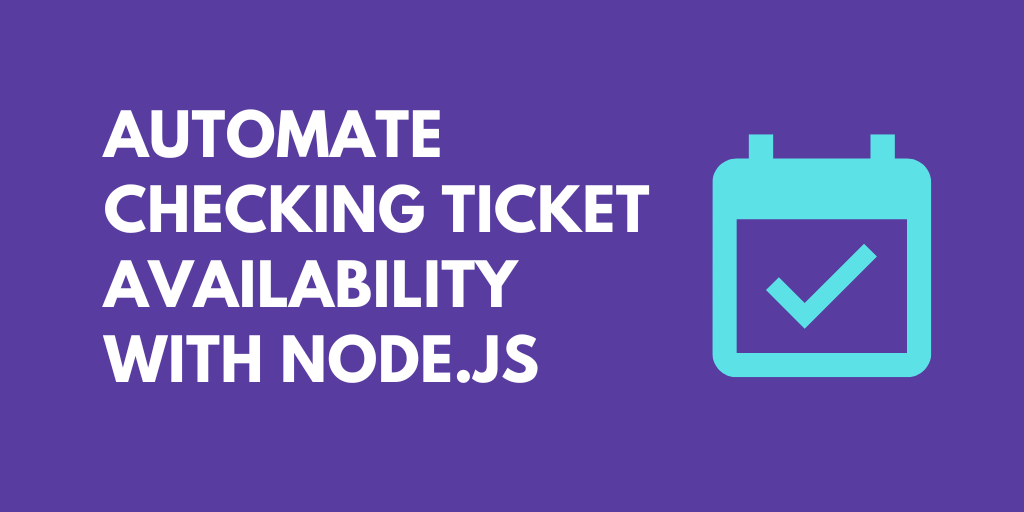What do you want to automate
with Node and Stripe?
Prompt, edit and deploy AI agents that connect to Node, Stripe and 2,500+ other apps in seconds.
Trusted by 1,000,000+ developers from startups to Fortune 500 companies
Popular Node and Stripe Actions#
Write custom Node.js code and use any of the 400k+ npm packages available. Refer to the Pipedream Node docs to learn more.
Cancel a pending payout or reverse a paid payout. See the documentation here and here
Capture the funds of an existing uncaptured payment intent. See the documentation
Confirm that your customer intends to pay with current or provided payment method. See the documentation
Overview of Node#
Develop, run and deploy your Node.js code in Pipedream workflows, using it between no-code steps, with connected accounts, or integrate Data Stores and File Stores
This includes installing NPM packages, within your code without having to manage a package.json file or running npm install.
Below is an example of installing the axios package in a Pipedream Node.js code step. Pipedream imports the axios package, performs the API request, and shares the response with subsequent workflow steps:
Connect Node#
// To use previous step data, pass the `steps` object to the run() function
export default defineComponent({
async run({ steps, $ }) {
// Return data to use it in future steps
return steps.trigger.event
},
})Overview of Stripe#
The Stripe API is a powerful tool for managing online payments, subscriptions, and invoices. With Pipedream, you can leverage this API to automate payment processing, monitor transactions, and sync billing data with other services. Pipedream's no-code platform allows for quick integration and creation of serverless workflows that react to Stripe events in real-time. For instance, you might automatically update customer records, send personalized emails after successful payments, or escalate failed transactions to your support team.
Connect Stripe#
import stripe from 'stripe'
export default defineComponent({
props: {
stripe: {
type: "app",
app: "stripe",
}
},
async run({steps, $}) {
const client = stripe(this.stripe.$auth.api_key)
return await client.accounts.list({ limit: 1 })
},
})
Community Posts#
